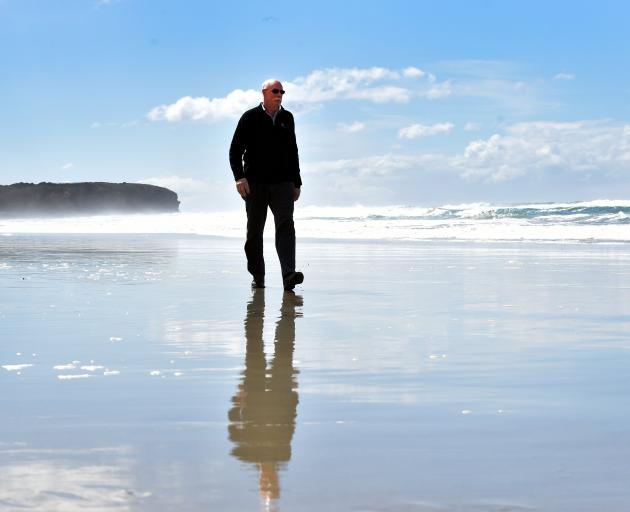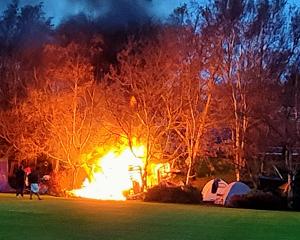
The maps show one of Dunedin's lowest-lying areas, South Dunedin, would only need to be evacuated in the face of a more than 3m tsunami, on top of a high tide.
Emergency Management Otago yesterday released maps of evacuation zones on its website, www.otagocdem.govt.nz.
Group controller Chris Hawker said the maps should provide certainty and reassurance to people who were unsure about when they should leave low-lying areas of the coast, and how far they would have to move to reach safety.
Mr Hawker said all 16 civil defence groups in New Zealand had completed coastal mapping for tsunamis.
Otago was ''a little bit behind'' but Emergency Management Otago staff had spent the past six months working their way down the coast, looking at the potential effects of tsunamis.
That work had been completed from the Waitaki River to the bottom of the Catlins.
''The key point of this is we want our coastal communities to be aware of what those potential risks are from various tsunami types.''
Mr Hawker said there had been tsunamis of the size that would affect the red zone - about 220mm - in the past.
He said the whole of the Otago Harbour was in that zone because such tsunamis could affect the likes of people boating or fishing.
While they were small, such tsunamis carried a lot of energy and could be damaging.
The orange zone would be affected by tsunamis between 1m and 3m high, which would likely originate locally or regionally from areas like the Hikurangi Trough to the east of the North Island, or the Puysegur Trench in the south Tasman Sea.
The yellow zone would be affected by tsunamis over 3m, which would generally come from further away.
Mr Hawker said the maps - which could be viewed on a computer or mobile devices - would show people the risk to their properties and provide ''a much faster uptake'' when alerts were issued.
Predicting what tsunamis would do was ''an inexact science''.
There were many factors involved, including the size of the earthquake, the tide, the geology of the coast, or even the wind.
Mr Hawker said while the maps were specific about the various zones, tsunamis would not respect the boundaries.
The map was done using the geological features of each area, so for South Dunedin the yellow zone came to an end where the ground started to rise.
Mr Hawker said it would have to be ''a substantial event'' for water to flow into South Dunedin.
He said a better warning system - cell broadcast alerting - was expected to be introduced nationally next month.
The intent was to give the organisation the ability to ''draw a polygon round a particular area'' and send a message to every cellphone in that area.
It would be possible to warn people in the vicinity of one cellphone tower, and send an alert to phones within a kilometre.
Mr Hawker said police would also have access to the app.
It would allow Emergency Management Otago, for instance, to have given warnings to specific areas subject to flooding on the Taieri during this year's floods.
Mr Hawker said he would have used the system if it was in place when the gates by the Taieri River were opened to release water into a ponding area to warn people there.
Advertisement













